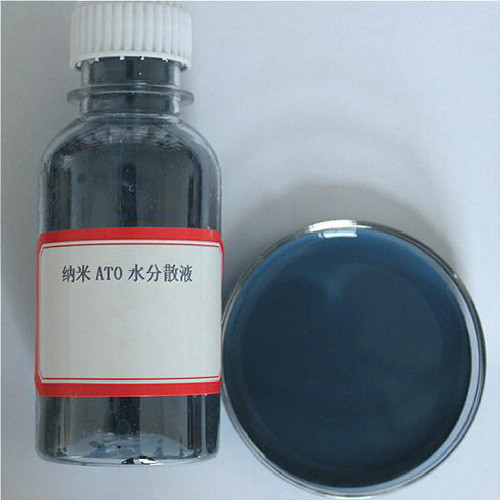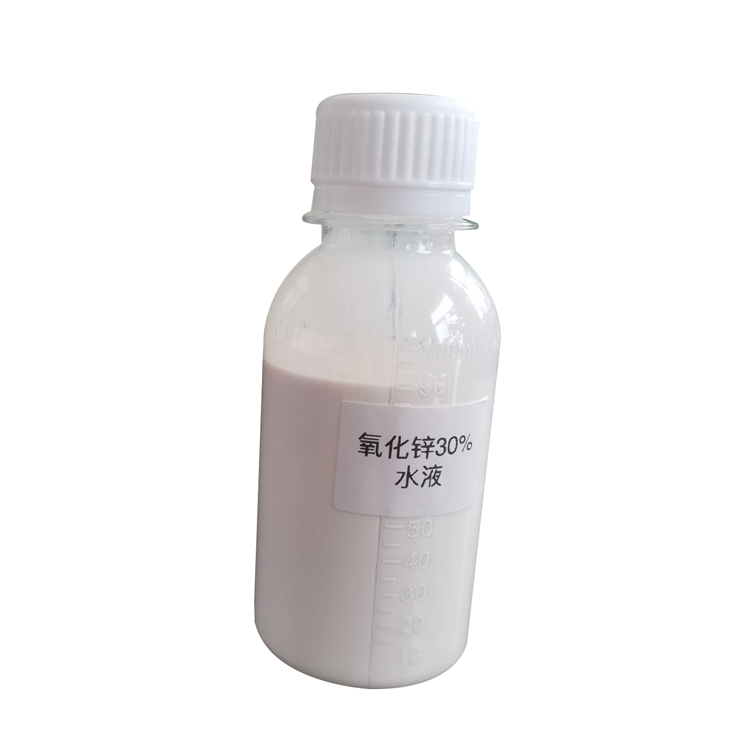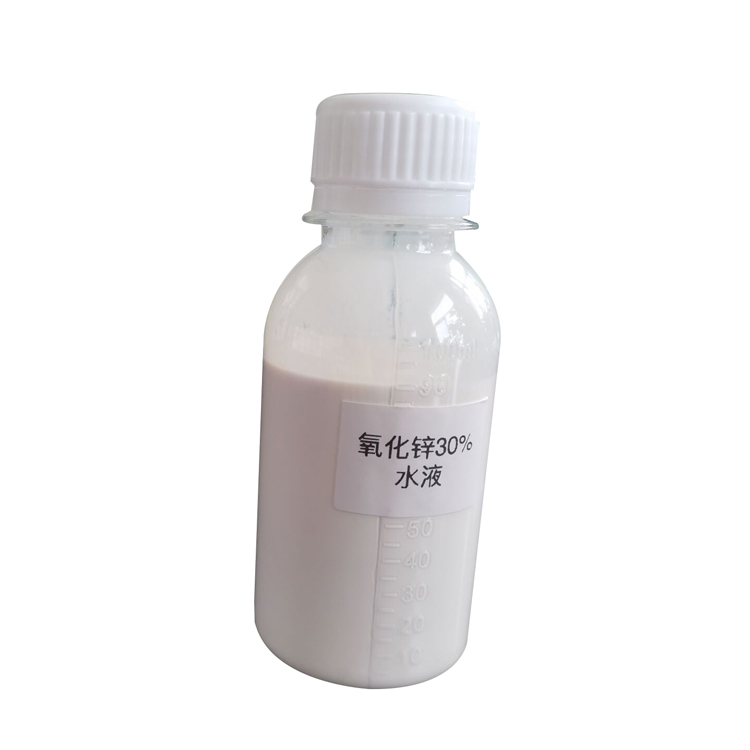Introduction:
Self-lubricating materials are becoming increasingly popular in various industrial applications due to their low friction, longer lifespan, and reduced maintenance cost. Nanomaterials, in particular, have been found to be very efficient in producing self-lubricating coatings due to their excellent mechanical and tribological properties. SAT NANO provides high-quality nanomaterials, including powders, which are ideal for self-lubricating applications. In this article, we will explore the different types of nanomaterials that can be used as self-lubricating materials.
Part 1: Carbon-Based Nanomaterials
Carbon-based nanomaterials, such as graphene, carbon nanotubes, and fullerene, are among the most promising nanomaterials for self-lubricating applications. Graphene, with its two-dimensional structure and high mechanical strength, can be used as a coating material for various surfaces to provide excellent friction reduction. Carbon nanotubes, on the other hand, have a unique structure that allows them to act as both friction-reducing and load-bearing materials simultaneously. Fullerene, with its spherical structure, can also be used as a coating material, especially in high-temperature applications.
Part 2: Metal-Based Nanomaterials
Metal-based nanomaterials, such as silver, copper, and gold, have also shown promising results in self-lubricating applications. Silver nanoparticles have excellent lubrication properties due to their soft and deformable nature, and they can also inhibit bacterial growth, making them ideal for medical applications. Copper nanoparticles, on the other hand, can form a stable lubricating film on the surface of various materials, reducing friction and preventing wear. Gold nanoparticles can be used as a coating material for various applications, especially in electronics and optics, due to their excellent electrical and optical properties.
Part 3: Ceramic-Based Nanomaterials
Ceramic-based nanomaterials, such as alumina, silica, and titanium dioxide, have also been used in self-lubricating applications. Alumina nanoparticles, due to their high hardness and wear resistance, can act as solid lubricants, reducing friction and preventing wear. Silica nanoparticle-based coatings have excellent anti-fouling properties, making them ideal for marine applications. Titanium dioxide nanoparticles can also be used in self-lubricating coatings due to their high photocatalytic activity, reducing the need for manual cleaning and maintenance.
Conclusion:
In conclusion, nanomaterials are excellent candidates for self-lubricating applications due to their outstanding mechanical and tribological properties. The choice of nanomaterials depends on the specific application requirements, and SAT NANO provides high-quality nanomaterials, including powders, that are ideal for self-lubricating coatings. By exploring the different types of nanomaterials, we can discover new and innovative ways to reduce friction and improve mechanical performance in various applications.
SAT NANO can supply carbon nanotube powder, metal nanopowder, if you have any enquiry, please feel free to contact us at sales03@satnano.com

























